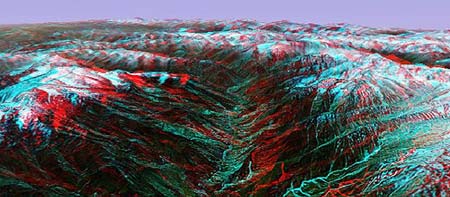One front on which progress has been a little slow post-Google Earth/Maps is the extent to which blogs have taken up integrating spatial data and its presentation. I don’t mean linking to a KML file here or there, like this blog does, I mean deeply embedding geospatial data relevant to posts into the content management system, or else outsourcing the task to a web 2.0 service.
Photoblogs have been an innovative exception to the rule, perhaps because a photograph is a splendid candidate for geographic contextual enhancement. One of the earliest and best geohacks was the use of geotags in Flickr. Soon someone hacked together an automation tool. Presentation tools evolved, like FlickrFly and the Geobloggers network links.
One challenge remained the work involved in actually linking a photo to its location coordinates. Several software tools have sprung up for linking photographs’ time stamps to GPS devices’ coordinate data for those times. One such application is RoboGEO, and today version 2.1 gains support for KML in various guises:
Export KML, KMZ, KMZ with embedded images, or KMZ with embedded thumbnails that link to full size images on the web. The latter results is very small KMZ file sizes that are perfectly suited for distribution by e-mail.
This eliminates a whole step in another process recently outlined for putting geospatially enhanced photos online. Dutchman William Slabbekoorn described his method on the Google Earth Community BBS for producing his photoblog of “photo tracks” for Google Earth. It involved a nifty little XSLT converter to convert RoboGEO’s output to KML, but that’s now something that version 2.1 handles.
For places, Tagzania yesterday came out with a very cool enhancement, pretty much tailormade for bloggers. It lets you paste any and all bookmarks made in Tagzania onto your own website as a Google Map. For example, here I am now:
Now this might not look Google Earth-related at first sight, but in fact clicking through to Tagzania gives you the option to present the bookmark in a variety of ways — And Tagzania’s Luistxo today wrote that a “fly-to Google Earth” link is in the works. This will make Tagzania even more versatile as a repository for geographic bookmarks. And bloggers really no longer have an excuse not to geographically enhance a blog post if the post is about a place.
